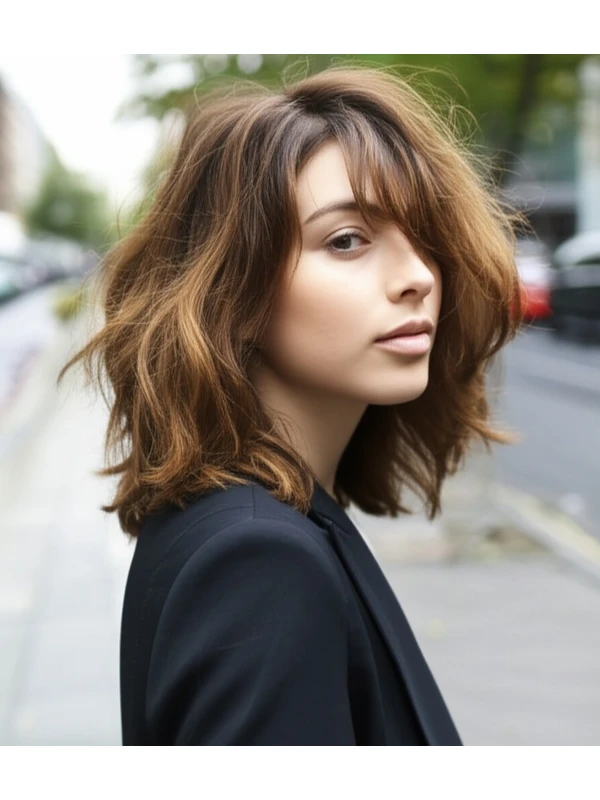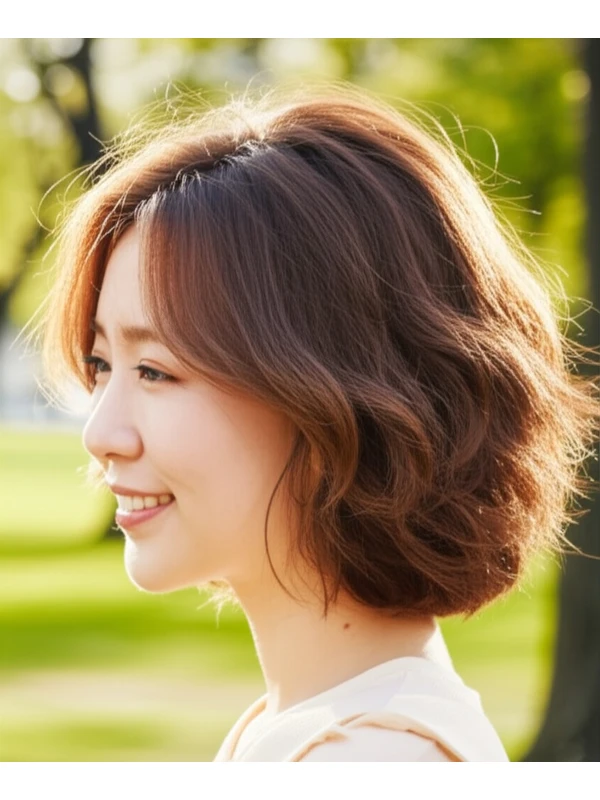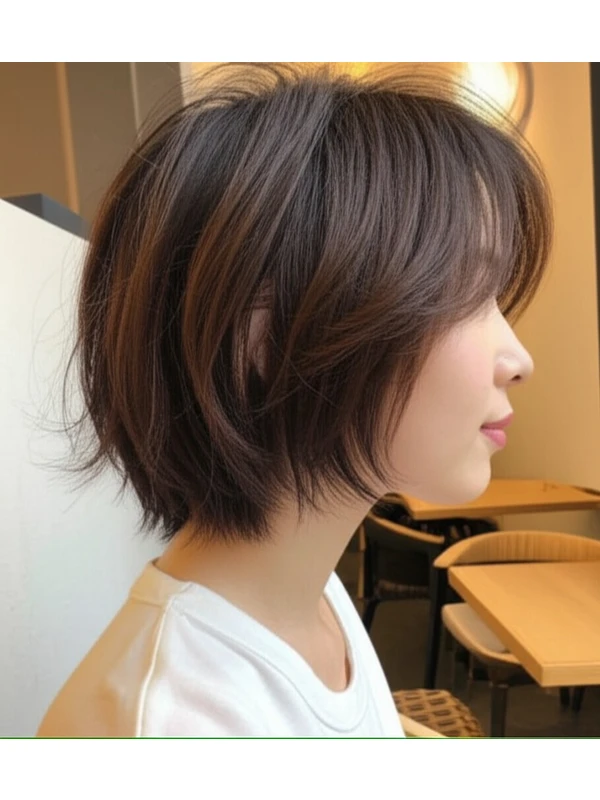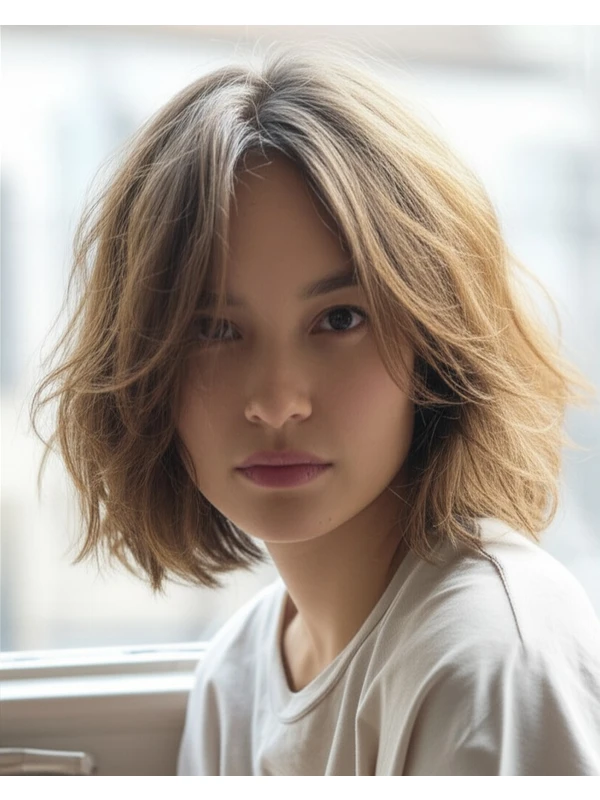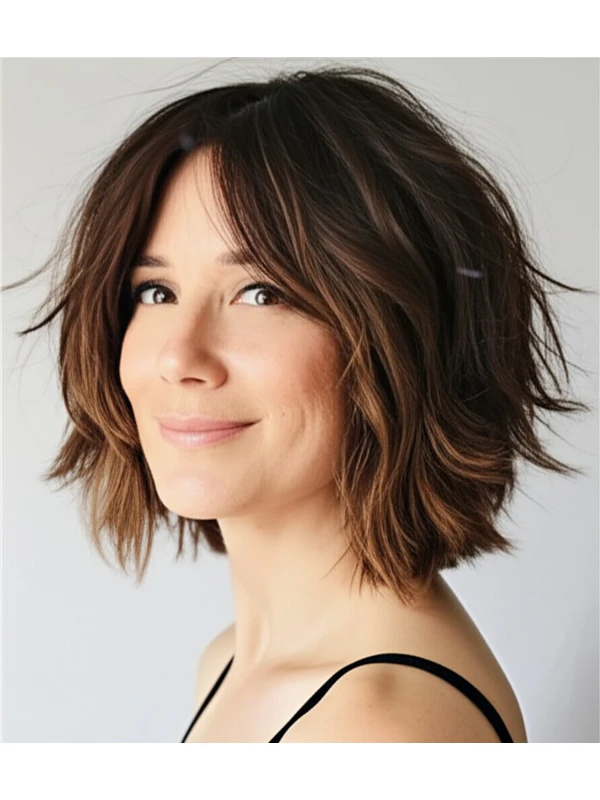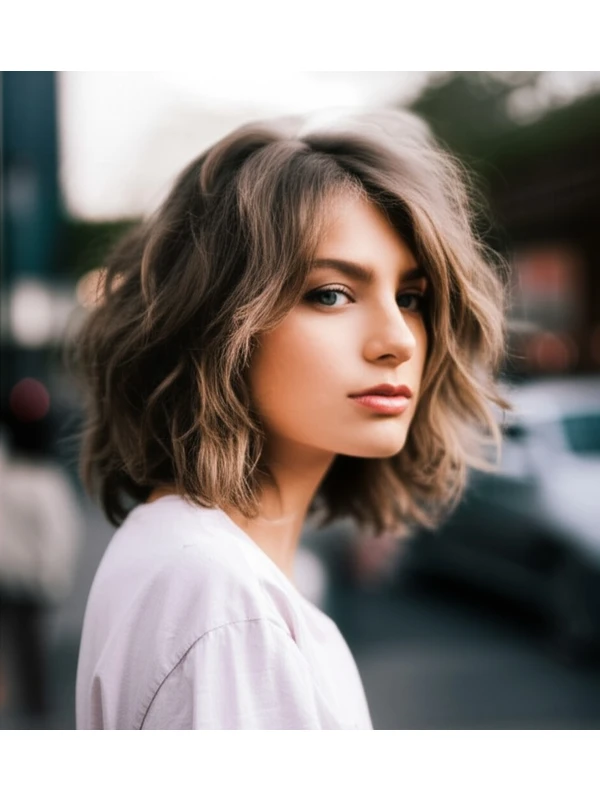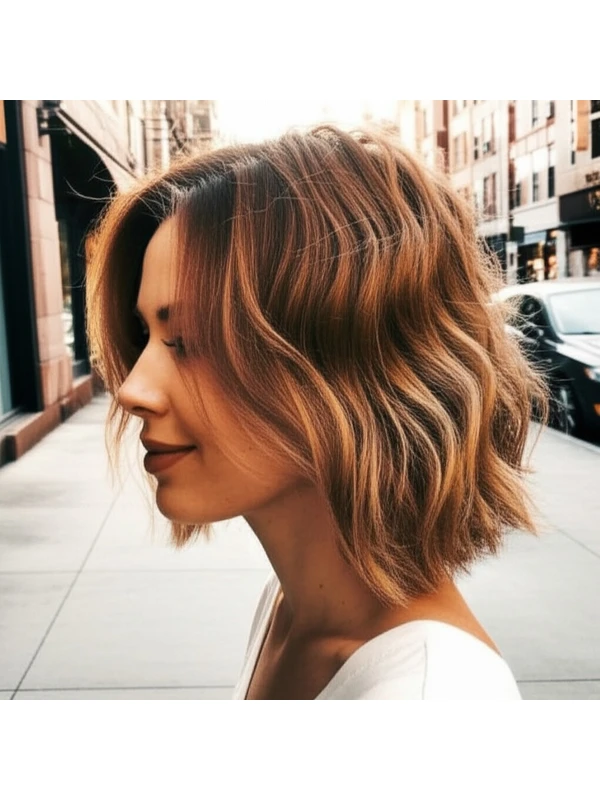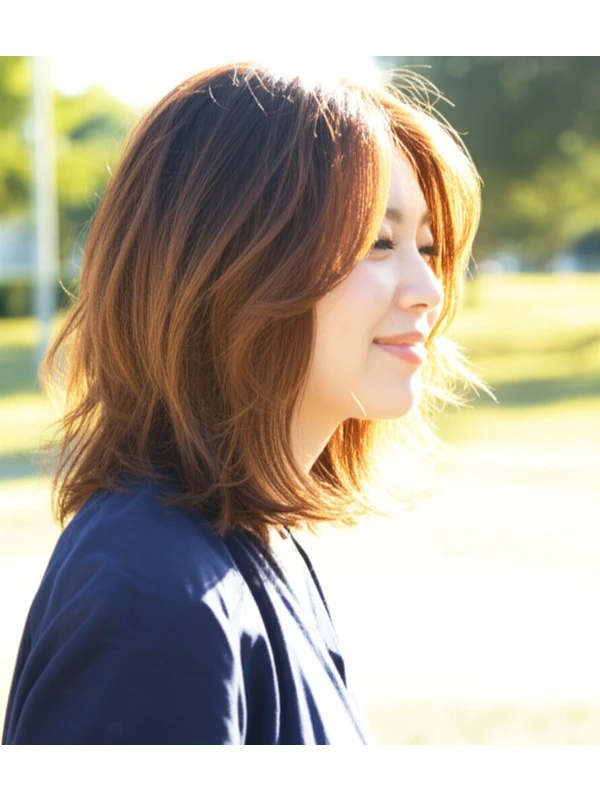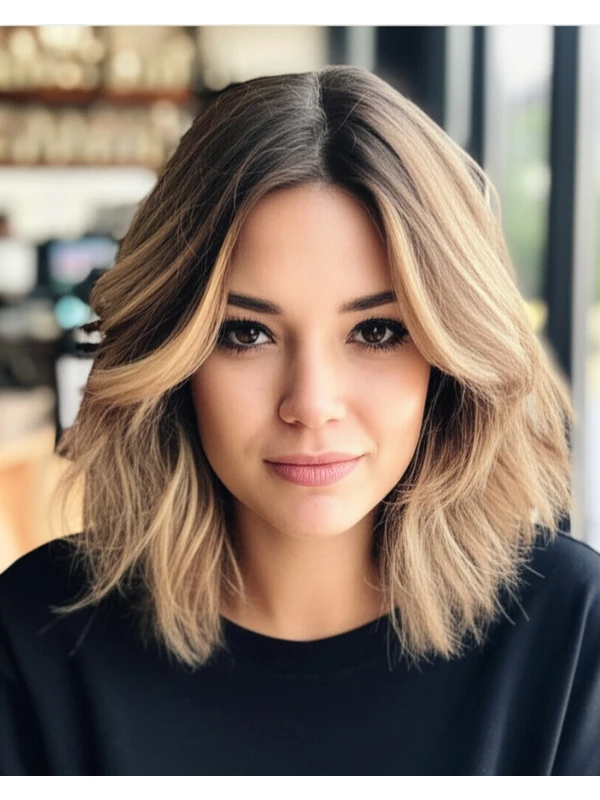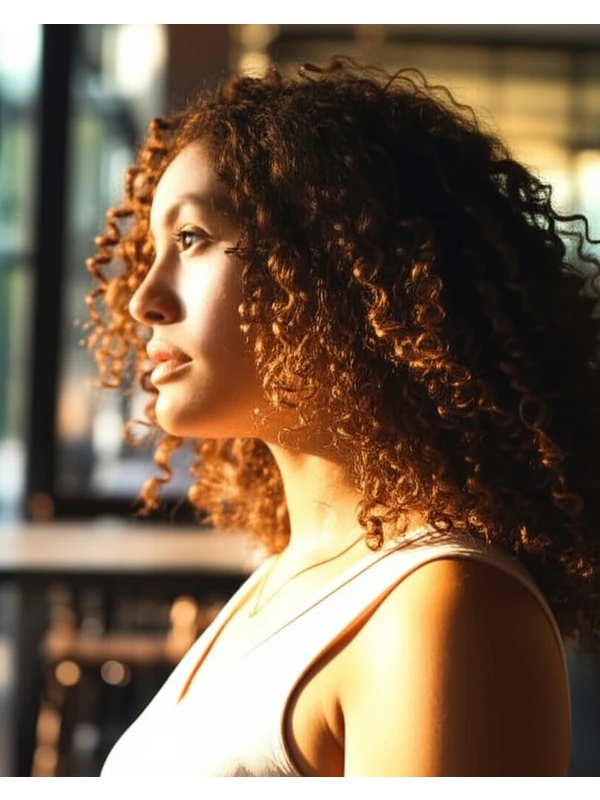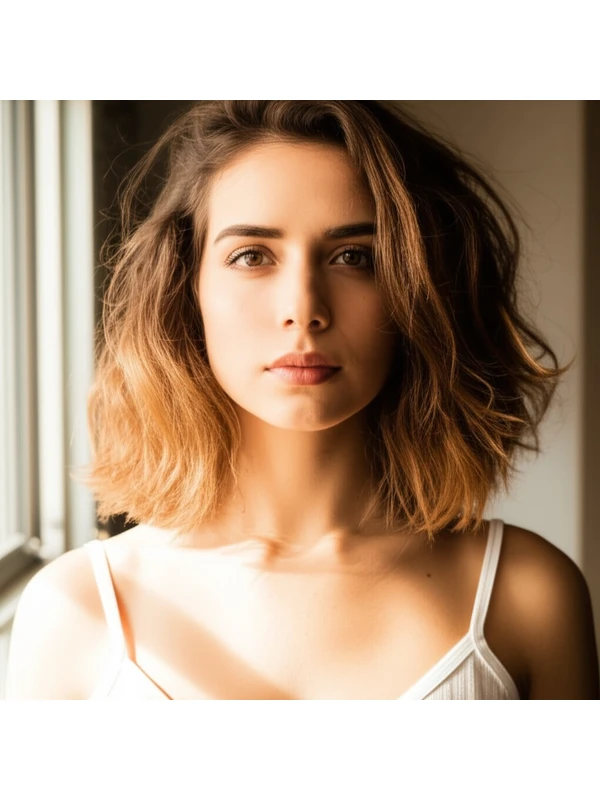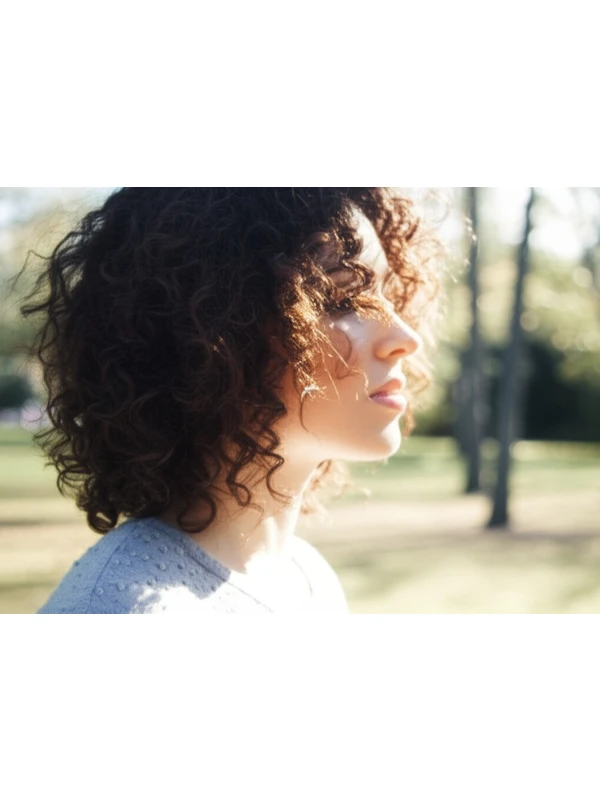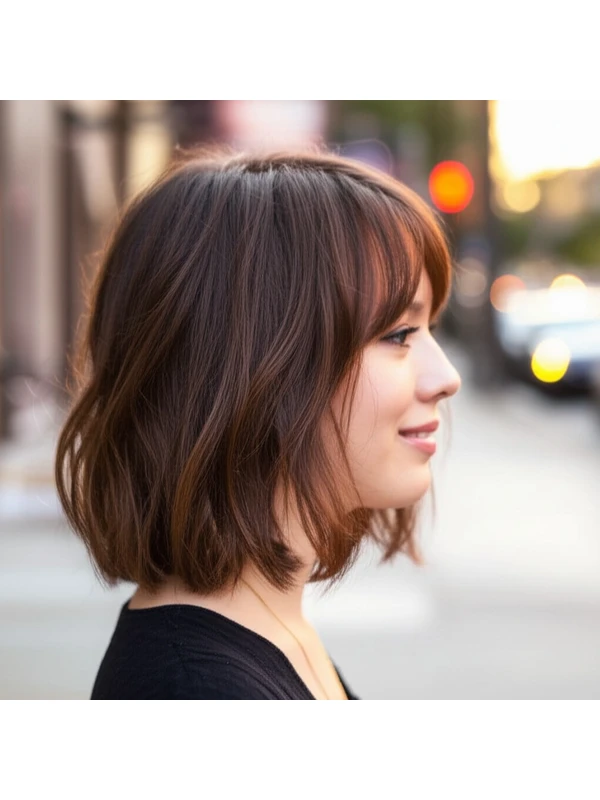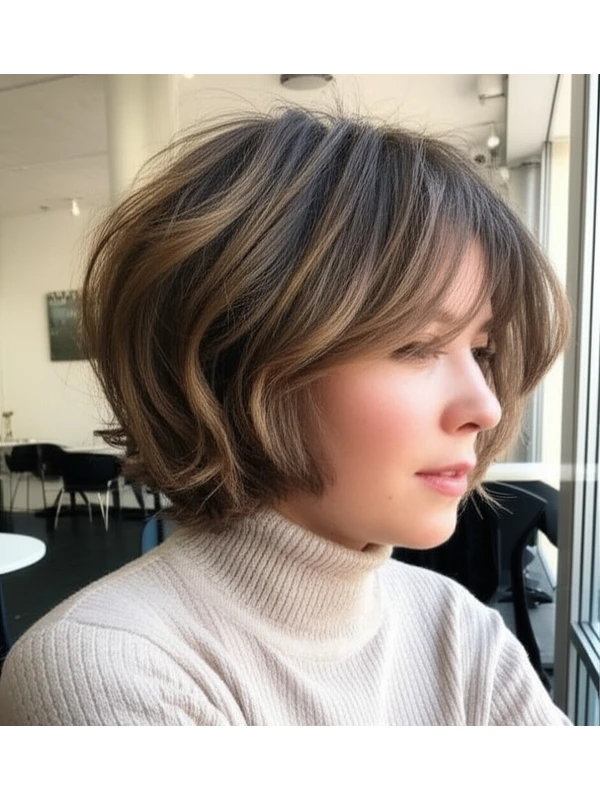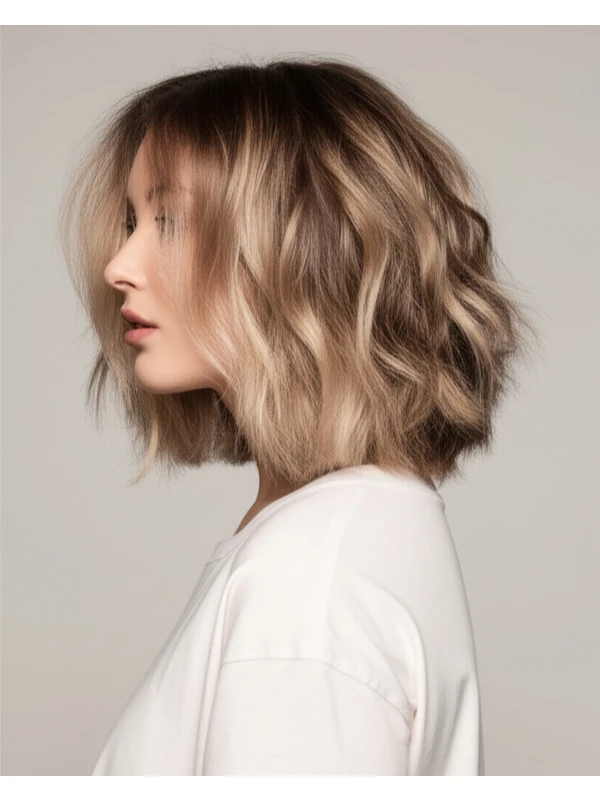#Wispy Layers: A Guide to Effortless Texture
Wispy layers are a hugely popular hairstyle for good reason – they're flattering on many face shapes and hair types, offering movement and softness without being overly dramatic. This guide will break down everything you need to know about wispy layers, from how they’re cut to how to style them perfectly.
#1) Background & Definition: What Are Wispy Layers?
Wispy layers are a haircut characterized by very fine, delicate sections of hair that are gradually blended throughout the lengths. Think of it as a softer version of traditional layered cuts. They're not chunky or blocky; instead, they create an airy, feathered effect.
- Cut Geometry: The key is subtle graduation – layers start shorter around the face and become progressively longer towards the ends. This creates movement without sacrificing overall length.
- Key Features: Softness, lightness, movement, a blended appearance (no harsh lines), framing around the face.
- Typical Length Ranges: Can be adapted to almost any hair length! Commonly seen on shoulder-length or longer hair (around collarbone length and beyond) but can also work beautifully on shorter bobs.
- Alternative Names: Feathered layers, soft layers, blended layers, delicate layers.
#2) Face Shape Fit: Finding Your Wispy Layer Sweet Spot
Wispy layers are remarkably versatile, but understanding how they interact with your face shape is key to a truly flattering result.
- Oval Faces: Lucky you! Almost any variation of wispy layers will work beautifully on oval faces. Experiment with different lengths and fringe options.
- Fringe Options: Curtain bangs, side-swept bangs, or even no fringe at all.
- Round Faces: Wispy layers help elongate a round face by drawing the eye vertically. Focus on longer layers that start below the chin to avoid adding width. Avoid short, blunt cuts around the cheeks.
- Fringe Options: Long, wispy side-swept bangs can soften angles and add length. A full fringe is generally not recommended as it can accentuate roundness.
- Square Faces: Soften a square jawline with layers that begin at the cheekbones or chin. The wispy texture will diffuse the sharpness of your features.
- Fringe Options: Soft, angled bangs help to soften the angles and create a more approachable look.
- Heart-Shaped Faces: Wispy layers around the face can balance a wider forehead and draw attention to your chin. Longer layers are generally best.
- Fringe Options: Side-swept or wispy curtain bangs work well, softening the forehead without adding bulk.
- Diamond Faces: Wispy layers will soften diamond shapes by balancing wide cheekbones. Layers that begin around the cheekbones and jawline create a more harmonious look.
- Fringe Options: Soft, textured fringe can help to soften angles and balance facial features.
- Oblong Faces: Avoid overly long or dramatic layers that could further elongate your face. Opt for shorter layers that add width at the sides.
- Fringe Options: A blunt, straight-across fringe (if you’re feeling bold!) can help to shorten an oblong face.
#3) Body Proportions & Height Guidance
The way wispy layers look on you is also influenced by your overall body shape and height.
- Petite: Shorter layers that hit just below the collarbone are often most flattering, preventing the hair from overwhelming a smaller frame.
- Average Height: Most layer lengths work well – experiment to find what suits your personal style!
- Tall: Longer layers add movement and visual interest without making you appear overwhelmed by your hair.
- Narrow Shoulders: Layers that create volume around the face can visually broaden shoulders.
- Broad Shoulders: Avoid overly voluminous layers at the sides, as this can accentuate shoulder width. Focus on more subtle layering throughout the lengths.
- Short Neck: Longer layers starting below the chin will elongate your neck and prevent it from appearing shorter.
#4) Works Best With Hair Types & Densities
Wispy layers are adaptable but thrive with certain hair types and densities.
- Straight Hair: Layers create beautiful movement and subtle volume, especially when styled with a texturizing product.
- Wavy Hair: Layers enhance natural waves, adding definition and bounce. Be mindful of shrinkage – cut slightly longer than your desired length to avoid looking shorter than intended after drying.
- Curly/Coily Hair: Wispy layers can add shape and reduce bulk but require careful cutting by a stylist experienced with textured hair. The key is to maintain curl pattern while removing weight.
- Shrinkage: Coils typically shrink significantly (up to 50%), so your stylist needs to account for this when determining layer length.
- Fine Hair: Layers add the illusion of thickness and volume, but too many short layers can make fine hair look even thinner. Focus on longer, face-framing layers.
- Medium/Thick Hair: Layers remove weight and create movement without sacrificing density.
- Density Tips: If you have very dense hair, a stylist may need to take out more sections for layering to avoid a heavy feel.
#5) Styling Variations: From Sleek to Textured
The beauty of wispy layers is their versatility!
- Sleek vs. Textured: Use a smoothing serum or oil for a sleek look. For texture, apply sea salt spray or texturizing cream and scrunch the hair while air-drying.
- Middle vs. Side Part: A middle part creates symmetry; a side part adds softness and asymmetry.
- Fringe Variations: Curtain bangs are incredibly popular with wispy layers! Side-swept, choppy, or even no fringe can all work depending on your face shape and desired look.
- Occasion Styling:
- Casual: Air-dry with a texturizing product for effortless style.
- Office: Blow dry smooth with a round brush to create subtle volume.
- Evening: Add waves or curls using a curling iron or wand for added drama.
#6) Maintenance: Keeping Your Layers Looking Fresh
Regular trims are essential!
- Trim Cadence: Every 8-12 weeks, depending on how quickly your hair grows and how defined you want the layers to remain.
- At-Home Routine: Gentle shampooing (2-3 times a week), hydrating conditioner, weekly deep conditioning mask.
- Heat vs. Air-Dry: Minimize heat styling whenever possible. When using heat tools, always use a heat protectant spray.
- Product Checklist:
- Shampoo & Conditioner: Suitable for your hair type.
- Leave-In Conditioner: Especially important for dry or damaged hair.
- Styler (Texturizing Spray/Cream): To enhance texture and movement.
- Finishing Serum/Oil: To tame flyaways and add shine.
- Estimated Daily Styling Time: 10-30 minutes, depending on your desired style and hair type.
#7) Grow-Out Roadmap
Wispy layers evolve as they grow out!
- Months 1-3: Layers are most defined; regular trims help maintain shape.
- Months 3-6: Layers start to blend more seamlessly with the rest of your hair, losing some definition. A trim can refresh the style or allow it to soften naturally.
- Maintaining Shape: Talk to your stylist about how to subtly blend out layers as they grow without creating a blunt look.
#8) Color Pairings: Enhancing Your Layers
Color can amplify the beauty of wispy layers!
- Shades that Elevate: Highlights and balayage (hand-painted highlights) add dimension and movement, making the layers pop.
- Cool vs. Warm Undertones: Consider your skin’s undertone when choosing a color palette. Cool tones (ashy blondes, cool browns) complement cooler skin tones; warm tones (golden blondes, caramel browns) flatter warmer skin tones.
- Low-Commitment Options: Gloss treatments can add shine and subtly alter the tone of your hair without permanent dye.
#9) Season & Occasion Guide
Adapt your styling based on the season!
- Spring/Summer: Embrace air-drying for a relaxed, beachy vibe.
- Fall/Winter: Add warmth with richer tones and more structured styles.
- Work: Sleek blowouts or soft waves convey professionalism.
- Weddings/Parties: Glamorous curls or updos showcase the movement of your layers.
#10) Cost & Time
- Salon Time: Typically 45-90 minutes, depending on hair length and desired complexity.
- Price Range: Expect to pay a moderate price range for this service – slightly more than a basic haircut but less than a complex style cut.
#11) Pros & Cons
Pros: Flattering on many face shapes, adds movement and softness, versatile styling options, relatively low maintenance (with regular trims). Cons: Can make fine hair look thinner if not done correctly, requires regular trims to maintain shape, may need more product than a blunt cut.
#12) Salon Consultation Script: Questions to Ask
Here are some prompts you can use during your salon consultation:
- “I’m interested in wispy layers. Could you show me examples of what that would look like on my face shape?”
- "How many layers do we need to achieve the desired softness and movement?"
- "What length should the shortest layer be, considering my hair type and how much shrinkage I experience?"
- “Can we incorporate curtain bangs? What length and style would you recommend for my face shape?”
- “How can I best style these layers at home with minimal effort?”
Disclaimer: This article provides general guidance only. Results may vary depending on individual hair characteristics. Always consult a qualified hairstylist for personalized advice.
